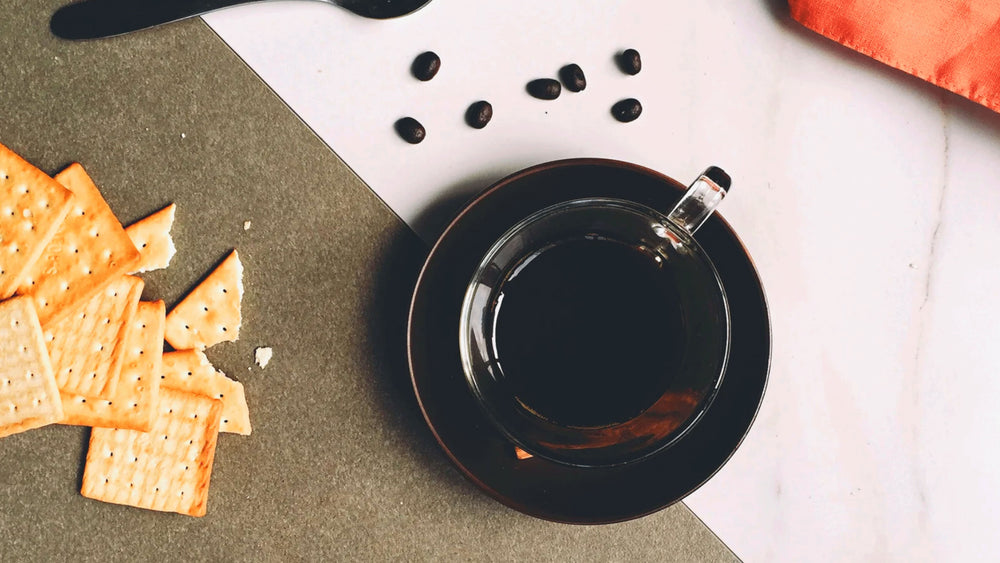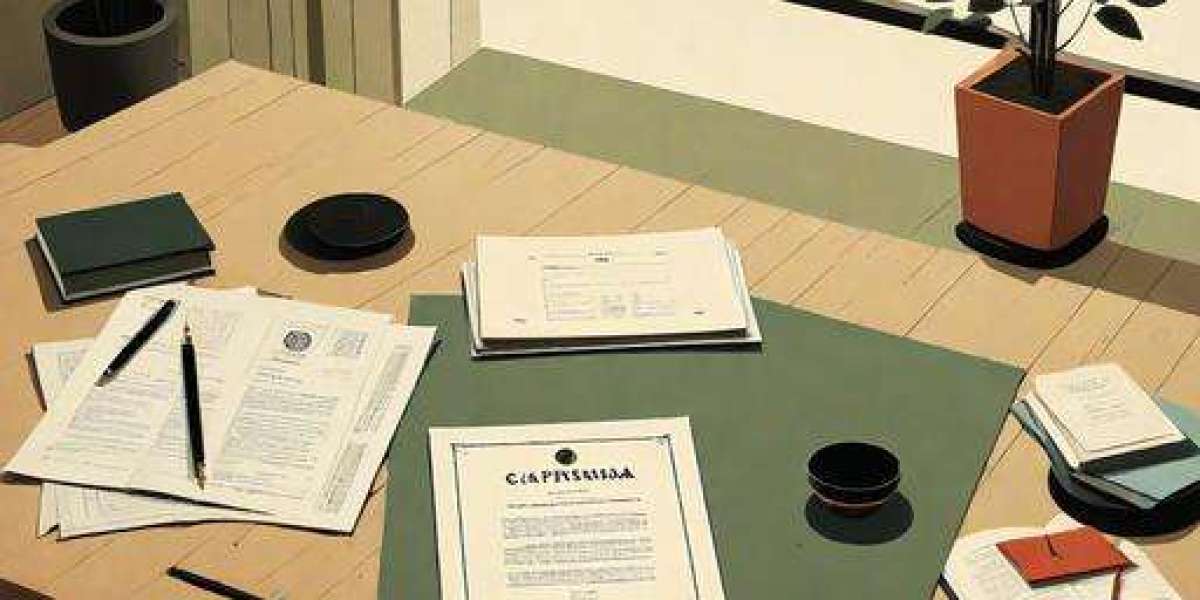Coffee enthusiasts often find themselves torn between two popular brewing methods: cold brew and espresso. Each method offers a unique flavor profile and experience, making it essential to understand the nuances of preparing cold brew versus espresso at home. In this guide, we will explore the differences, techniques, and tips for mastering both methods.

Understanding Cold Brew
Cold brew coffee is made by steeping coarsely ground coffee beans in cold water for an extended period, typically 12 to 24 hours. This method results in a smooth, less acidic beverage that is perfect for warm weather. The process of preparing cold brew involves the following steps:
- Coarsely grind your coffee beans.
- Combine the ground coffee with cold water in a jar or pitcher at a ratio of 1:4.
- Let the mixture steep in the refrigerator for 12 to 24 hours.
- Strain the coffee using a fine mesh sieve or coffee filter.
- Serve over ice, diluted with water or milk if desired.
One of the key benefits of cold brew is its versatility. You can easily customize the strength and flavor by adjusting the coffee-to-water ratio. Additionally, cold brew can be stored in the refrigerator for up to two weeks, making it a convenient option for busy individuals.
Exploring Espresso
Espresso, on the other hand, is a concentrated coffee brewed by forcing hot water through finely-ground coffee beans under high pressure. This method produces a rich, bold flavor with a creamy texture, often enjoyed as a shot or as the base for various coffee drinks like lattes and cappuccinos. The process of preparing espresso includes:
- Finely grind your coffee beans.
- Pack the grounds into the portafilter and tamp them down firmly.
- Attach the portafilter to the espresso machine.
- Start the brewing process, aiming for a shot time of 25-30 seconds.
- Serve immediately for the best flavor.
Espresso requires specialized equipment, such as an espresso machine or a stovetop moka pot. While it may take some practice to perfect the technique, the rich flavor and crema produced make it a rewarding endeavor.
Comparing Flavor Profiles
When preparing cold brew versus espresso at home, the flavor profiles differ significantly. Cold brew tends to be smoother and less acidic, making it ideal for those who prefer a milder taste. In contrast, espresso is bold and intense, appealing to those who enjoy a more robust coffee experience.
Conclusion: Which Method is Right for You?
Ultimately, the choice between cold brew and espresso depends on personal preference and the desired coffee experience. If you enjoy a refreshing, low-acid beverage, cold brew may be your best bet. However, if you crave a strong, concentrated shot of coffee, espresso is the way to go. For a deeper dive into the differences, check out this comprehensive comparison.
In conclusion, mastering the art of preparing cold brew versus espresso at home can elevate your coffee experience. Whether you choose to brew a smooth cold brew or a rich espresso, both methods offer unique flavors and enjoyment. Happy brewing!








